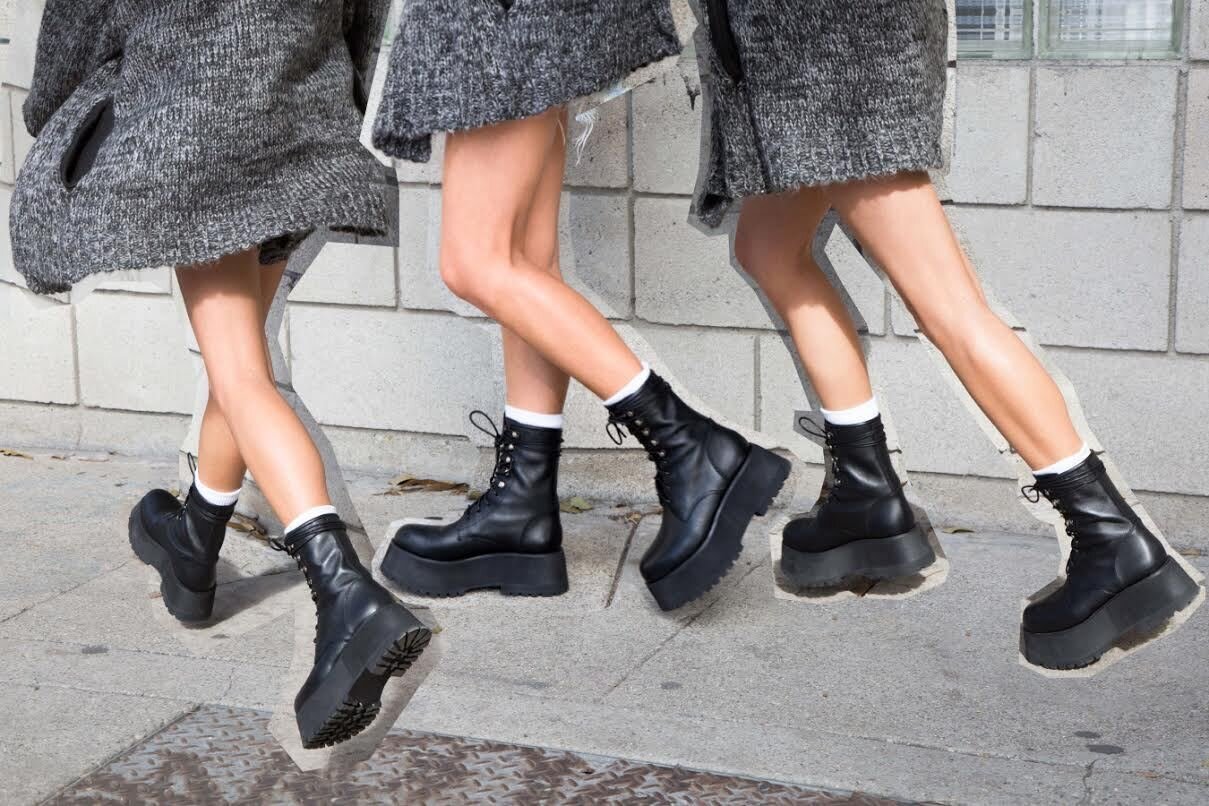Avoiding Fast Fashion Isn’t As Easy As You Think
We’ve all been made aware of brands like Shein, PrettyLittleThing, Forever21, and the majority of their competitors are considered fast fashion brands. Essentially, fast fashion is readily available, cheaper-priced clothing. These labels follow micro-trends (trends that cycle in and out of style seemingly at hyper-speed), and they typically outsource their workers from unethical places with unethical practices. Practices like these are killing the earth and should be avoided at all costs.
In a perfect world, no one would buy from these brands, they would go out of business, and everyone would purchase their clothes sustainably. However, in a perfect world, trendy t-shirts from sustainable brands like Unif wouldn’t cost $68. That’s the problem with sustainable brands, including Reformation, the aforementioned Unif, Girlfriend Collective, etc. They aren’t easily accessible to most people because people don’t have $68 to drop on one item of clothing, regardless of how ethically made it might’ve been made.
Enter greenwashing, where brands pretend to be much more sustainable and “good” for the environment than they realistically are, failing to be entirely transparent for fear of (much deserved) backlash. You might pride yourself in abstaining from Shein and, instead, purchasing jeans or a t-shirt from brands like H&M and Urban Outfitters. These labels are deceiving because their prices aren’t as exorbitant as a $300 dress from Realisation Par (the average price of a dress from Urban is around $70, which is still expensive but not quite the same), and the clothes are still of a decent quality. It seems like a sound compromise at the moment, but sites like Good On You share the real truth behind similar brands. While H&M uses eco-friendly materials for some of its clothes and ASOS has a “Women’s Responsible Edit” all made from recycled materials, their output still remains unsustainably high.
YouTubers Nayna Florence and Moya Mawhinney are two of my favorite people who transparently discuss sustainability. Both actively share and buy from sustainable brands they love (Moya interns with Peachy Den, for example) but are still open about the fact that they are fortunate enough to be able to do so without breaking their bank account because of their platforms. Nayna even advocates for smaller wardrobes or clothing swaps with friends. Whatever we are buying, regardless of its source, still requires sucking some amount of energy from Earth’s precious resources to get made. There’s no getting around that fact.
Since there has been a recent uproar of conscious sustainable consumption from Generation Z, there are not as many sustainable brands on the scene. This means higher competition rates between these companies, leading to higher price points, which are also driven by the time, effort, and money it takes to pay workers what they deserve and not overwork them. It takes the same time, effort, and money to research ways to obtain ethically sourced cotton, denim, and the like. Higher quality materials are being used so that your clothing lasts longer. In the same vein, since these brands are newer, a decent amount of them are less inclusive; the clothing is largely produced for thin, rich, white women.
Image Courtesy: Strike FSU
The truth of the matter is, a compromise can be struck between blatant fast fashion (make a game of how many times I’ll mention Shein in this article) and the best-of-the-best, sustainably made fashion. It’s fun to lust over sustainable, super cute clothes from brands like House of Sunny or Jaded London and i. In an ideal world—one in which we weren’t all broke college students—we could buy all our clothes from there. Buying from Urban and H&M, to recycle my previous example, isn’t as good for the environment as thrifting, Depop, or Poshmark, but it’s better than nothing.
It’s also worth mentioning that we aren’t meant to buy clothes at such a high rate. It’s okay to repeat outfits or wear the same pair of jeans two days in a row. Your dresses should be lasting you several years, not being thrown in the bin once you’ve worn it once to that party, never to be thought of again. Thrifting is perhaps the only sustainable way to buy clothes, as that requires nothing new to be done or put out into the ecosystem. Even sustainable fashion is slowly breaking down the earth, too.
In the meantime (and on a hopefully less depressing note), here are some brands that are more affordable yet still relatively sustainable, or have pockets on their sites dedicated to vintage/sustainable edits: Lucy and Yak, Everlane, ASOS, Girlfriend Collective, Rent the Runway, Adidas, CHNGE, and Frankie.
Strike Out,
Writer: Gillian Bennett
Editors: Breanna Tang & Lexi Fernandez
Graphics: Alison MacCloud
Tallahassee



